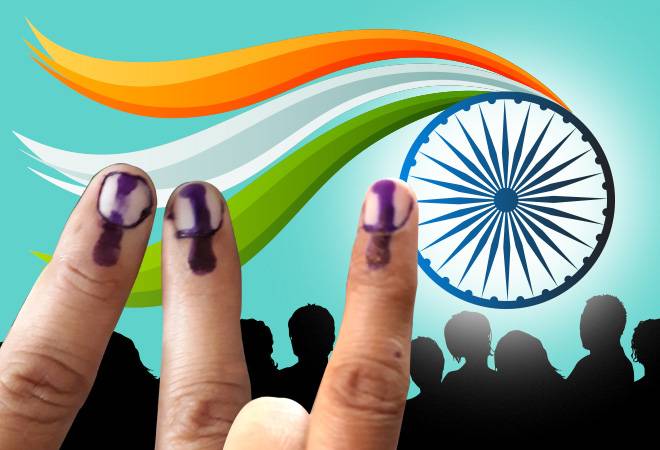
Now that the exit poll results for the Lok Sabha elections have been published, a clear trend is decipherable from the plethora of data available in the public domain. While the exact numbers on results day may differ from those predicted, but the general direction is pointing towards a victory for Prime Minister Narendra Modi, for the third time. All exit polls are giving a clear majority to the National Democratic Alliance, with many of them putting the BJP and the NDA way ahead of the majority mark of 272. It may not be 400-paar (over 400) for the NDA, but the BJP is expected to cross 300 on its own and go up to 320-330, or more, or hover between 280 and 300 at the very least. It may seem like a wide range, but that a leader can draw these numbers nationally for his third consecutive election, is remarkable, to say the least.
Jawaharlal Nehru’s third election victory in 1962 took place in much calmer—even simpler—times, 15 years after Independence, when India had not seen any Prime Minister but Nehru. No one at the time would have imagined that Indian politics would turn out to be so fiercely competitive and polarized. Additionally, in 2024, high anti-incumbency was expected because of the fallout of Covid and the war in Ukraine. To overcome all such hurdles and return to power with a thumping majority can be expected only from an iconic figure like Narendra Modi. In fact these elections are all about Narendra Modi—people have either voted for him, or against him. If the NDA returns with a thumping majority, it will be in spite of the anti-incumbency against several sitting MPs. The BJP dropped 43% of its 303 MPs ahead of the Lok Sabha elections this year. In spite of that there was some unhappiness with ticket distribution in certain constituencies, because of which the fight may have become tight in these places, although whether or not a loss for the BJP, will be known only on Wednesday. It has to be seen if the Modi factor makes even these candidates win their respective seats. If the exit poll results hold, it will be a case of a third Modi wave sweeping the nation, much bigger than the earlier two waves of 2014 and 2019. It will also prove that the caste factor, which was the main campaign plank for the Opposition may not have worked in its favour.
Meanwhile, the Opposition I.N.D.I.A bloc says that it will win 295+ seats and form government, although the maths is not adding up. To form government, one party has to outperform the BJP, by winning a minimum of 150+ seats. That party can only be the Congress, which, however, is contesting only on 328 seats, out of 543, while the BJP is eyeing 320-odd seats or more on its own. So effectively, Congress needs a minimum strike rate of 46%, and its alliance partners around 100% for the I.N.D.I.A bloc to be anywhere near 295+. In 2019, BJP won 92% of the 192 seats where it was in a direct fight with the Congress—seats where the Congress came second. Has anything happened in the run-up to the elections for the Congress to win 150 of these 200-odd seats, where it will need a near 75% strike rate? No sweeping anti-incumbency is visible against the Prime Minister’s government. So from where is the I.N.D.I Alliance getting 295+? Can elections be won just on the basis of outlandish promises of freebies and by trying to make the voting all about caste divide and caste anger? If the Opposition parties think like this, they are underestimating the Indian voter. Do they realise that old paradigms may no longer work in 2024, that PM Modi has changed the rules of the game—that they need a convincing vision and an equally convincing figure to take on the Prime Minister?
It is in this context that the “election denialism” that many in the Opposition are displaying has to be seen. As if casting aspersions on EVMs was not enough, the Opposition ecosystem has started targeting the Election Commission as well. And now, many Opposition parties are claiming that massive rigging will happen during counting and are asking their workers to save democracy by converging at the counting centres. To claim that all the exit polls were “rigged” and that they gave a unanimous verdict in favour of the BJP to prepare the ground for rigging on counting day, is both bizarre and dangerous, for it amounts to inflaming passions by telling followers that the election is being stolen. Reports are coming of activists and Opposition parties planning to launch street protests if the BJP wins the elections. This is irresponsible because it can lead to disruption and violence. It seems that the prospect of being out of power for another five years is making Opposition parties and their ecosystem desperate. It will be a shame if attempts are made to subvert the results through street power. This is not the India we know. Every political party—either ruling or in the Opposition—must uphold the sanctity of Indian elections, by accepting the verdict gracefully. That’s the way things are done in India, one of the greatest democracies in the world.